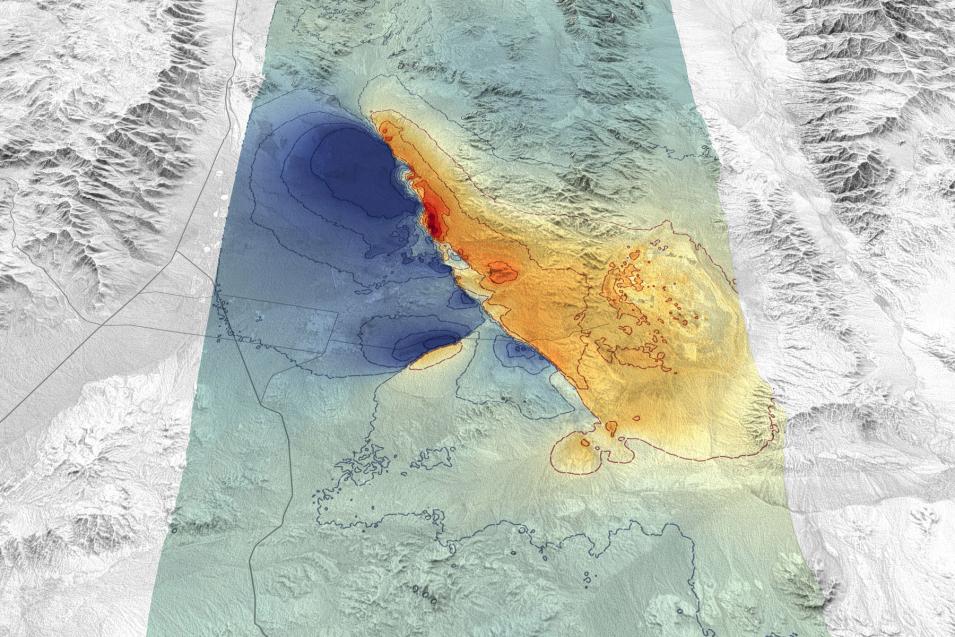A Product of Partnership
The ALOS-2 PALSAR-2 Level 1 ScanSAR product was made possible through an evolving agreement between NASA and JAXA to share the Japanese space agency’s data with the ASF DAAC. As part of the modern agreement, ASF DAAC can now mirror the ALOS-2 data, which users can access through Earthdata Search and ASF Vertex.
“Previously, JAXA data weren’t freely available to outside scientists, so this agreement really, really opens things up,” said Dr. Gerald Bawden, the program scientist for ASF DAAC and the NISAR mission. “By having ASF distribute the data, NASA is able to provide this valuable dataset to the community. Both agencies feel opening up this incredible data archive to help the science community is the best way to go.”
The ALOS-2 dataset spans more than a decade and has been used by U.S. scientists to help urgent response efforts for fires, earthquakes, hurricanes, and landslides, and to improve tracking of crop production and soil moisture changes in California. The data are used by several U.S. government agencies—NASA, the National Oceanic and Atmospheric Administration (NOAA), and the U.S. Geological Survey (USGS)—for a variety of work from tracking forest health, sea ice extent, infrastructure stability (i.e., levees and dams), and glacier movement to rapidly responding to oil spills and floods.
The interest in JAXA’s SAR data and a partnership with the agency started during the flight of the ALOS-1 in 2006. The satellite had a very small data recorder and needed to downlink often in order to have memory free to save additional observations. JAXA made an agreement with ASF to be the Americas ALOS Data Node and downlink site when ALOS-1 passed over Alaska, and subsequently, an archive and distributor of the North and South American data the DAAC received.
“Over the years, any data that scientists in the Americas requested ended up being added to our archive, and so it grew into something much larger because of the great interest in the data,” said ASF DAAC Deputy Manager Kirk Hogenson. “Today, ALOS-1 is ASF’s most popular dataset.”
L-Banding Together
The ALOS-2 satellite has a 14-day repeat cycle and carries the Phased Array type L-band Synthetic Aperture Radar-2 (PALSAR-2), which is a day or night, all-weather radar that can penetrate clouds and collect imagery when it’s dark. It can also penetrate tree canopies, often all the way to the ground.
“This is important for NASA because it is actually the same type of radar that NISAR is going to be using,” said Bawden. “JAXA’s ALOS-2 is the only other satellite in orbit that is routinely collecting global-quality L-band radar data. This data sharing agreement opens the data for everyone to use.”
NISAR, which is anticipated to launch in a few months from India, is a high-powered SAR satellite that will continually image Earth in such unprecedented detail that in its first year it will collect more data than NASA has gathered exploring the entire Solar System.
The similarity between the two radar systems means NASA has been able to use ALOS-2 data to prototype and refine NISAR’s data recording and transmission technology using real-world measurements and processes ahead of launch. The fact that ALOS-2 and NISAR produce similar data will allow the two collections to be used together, extending NASA’s Earth SAR imagery data record to when the Japanese satellite started making observations in 2014.
The ALOS-2 ScanSAR archive at ASF DAAC continues to grow as new data are received from JAXA. Please check the archive often to see what new data has been added.
